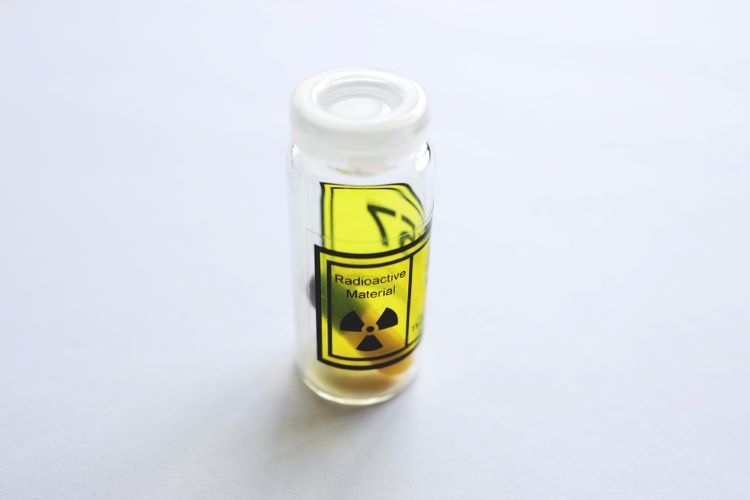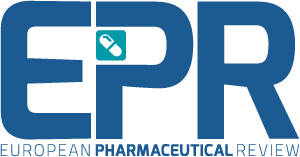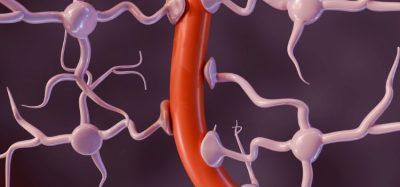New EU guidance seeks to address radiopharmaceutical supply chain vulnerabilities
Posted: 15 April 2025 | Catherine Eckford (European Pharmaceutical Review) | No comments yet
The recommendations are issued amid increasing pressure on the complex supply chain for radiopharmaceuticals, medicines which are used to treat conditions such as cancer.


New recommendations issued by the EMA and the Heads of Medicines Agencies (HMA), through the Executive Steering Group on Shortages and Safety of Medicinal Products (MSSG), aim to address supply chain vulnerabilities for radiopharmaceutical medicines.
Occasional shortages of radiopharmaceuticals have emerged in different EU Member States, due to disparity between manufacturing capacity and demand, according to the EMA.
Materials such as stable isotopes—sourced mainly from third countries—are required to produce radiopharmaceuticals, EMA explained.
The authors prefaced their recommendations by highlighting related ongoing policies and initiatives in the EU. These include:
• The EU Observatory for the Supply of Medicinal Radioisotopes – this initiative aims to assess, monitor and support the supply of medical radioisotopes in the EU, with focus on the widely-used radioisotope Molybdenum-99/Technetium-99m.
• European Radioisotopes Valley Initiative (ERVI) activities – these explore potential avenues to expand European production capacity of enriched stable isotopes, “strengthening the medical radionuclide production…and developing more reliable monitoring of supply and demand”.
EMA’s and HMA’s recommendations for the EU’s radiopharmaceutical supply chain
Recommendations to EU Member States
Recommendations to EU Member States included] including new radiopharmaceuticals in horizon scanning activities”
States were advised to map their supply chains, supporting greater supply chain transparency.
Furthermore, they suggested including new radiopharmaceuticals in horizon scanning activities. EMA also encouraged companies to liaise with regulators and submit any information as needed.
Recommendations to the European Commission
The steering group’s document highlighted the need for the European Commission to increase domestic capabilities in the EU, for example, through initiatives such as the European Observatory on the Supply of Medical Radioisotopes.
Other recommendations made to the European Commission concerned improving infrastructure and production facilities, such as nuclear reactors.
The authors advised on addressing transport challenges, for instance through harmonisation of certification procedures and standards across different countries. These suggestions also covered the potential obstacles and negatives outcomes resulting from the ban of lead.
Another recommendation was to expand “existing monitoring production chain activities to additional radioisotopes, beyond Mo-99/Tc-99m, as a preventative measure for other indications as demand increases”.
These recommendations on the radiopharmaceutical supply chain anticipate adoption of the EU pharmaceutical legislation.
Related topics
Anti-Cancer Therapeutics, Big Pharma, Supply Chain, Therapeutics
Related organisations
European Commission, European Medicines Agency (EMA), Heads of Medicines Agencies (HMA)









